Walk this way: Paul Andrew steps up for his debut Salvatore Ferragamo shoe collection
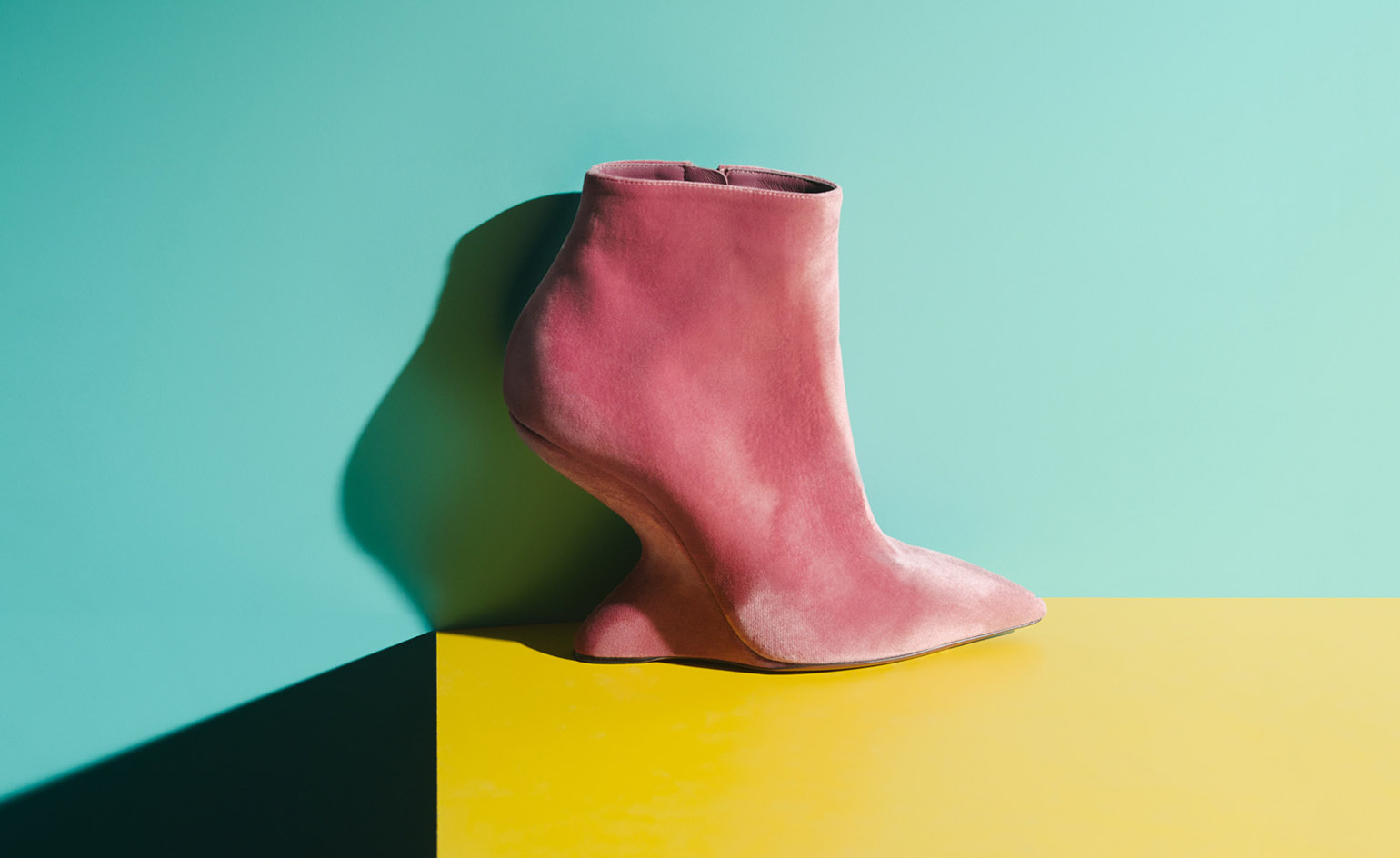
‘There are 15,000 pairs of archive designs at the Salvatore Ferragamo museum in Florence,’ enthuses Paul Andrew, appointed the house’s first design director of women’s footwear last September. ‘To be given the keys to that as a shoe designer, is the most precious gift.’ Similarly, the British-born, New York-based designer’s association with the Italian house is the gift that keeps on giving.
‘I’ve come across some of the most incredible shoes,’ adds Andrew, who founded his own shoe label in 2012. ‘Salvatore Ferragamo was such an innovator and pioneer.’ It was in 1919 that the Italian shoe designer (who had emigrated to Boston in 1914), relocated to Santa Barbara, opening a boot shop that catered to the glamorous desires of the Hollywood elite. Eight years later, Ferragamo returned to Italy, establishing his eponymous company in Florence.
His designs were architectural, modern and revolutionary, from the 1938 cork wedge heel, covered in layers of colourful suede and designed for Judy Garland, to 1947’s ‘Invisible Sandal’, with an undulating F-shaped wedge heel. Ferragamo also focused on comfort, studying anatomy while in the United States. ‘Before him, a shoe was just something your foot used as a function to walk outside,’ Andrew says.
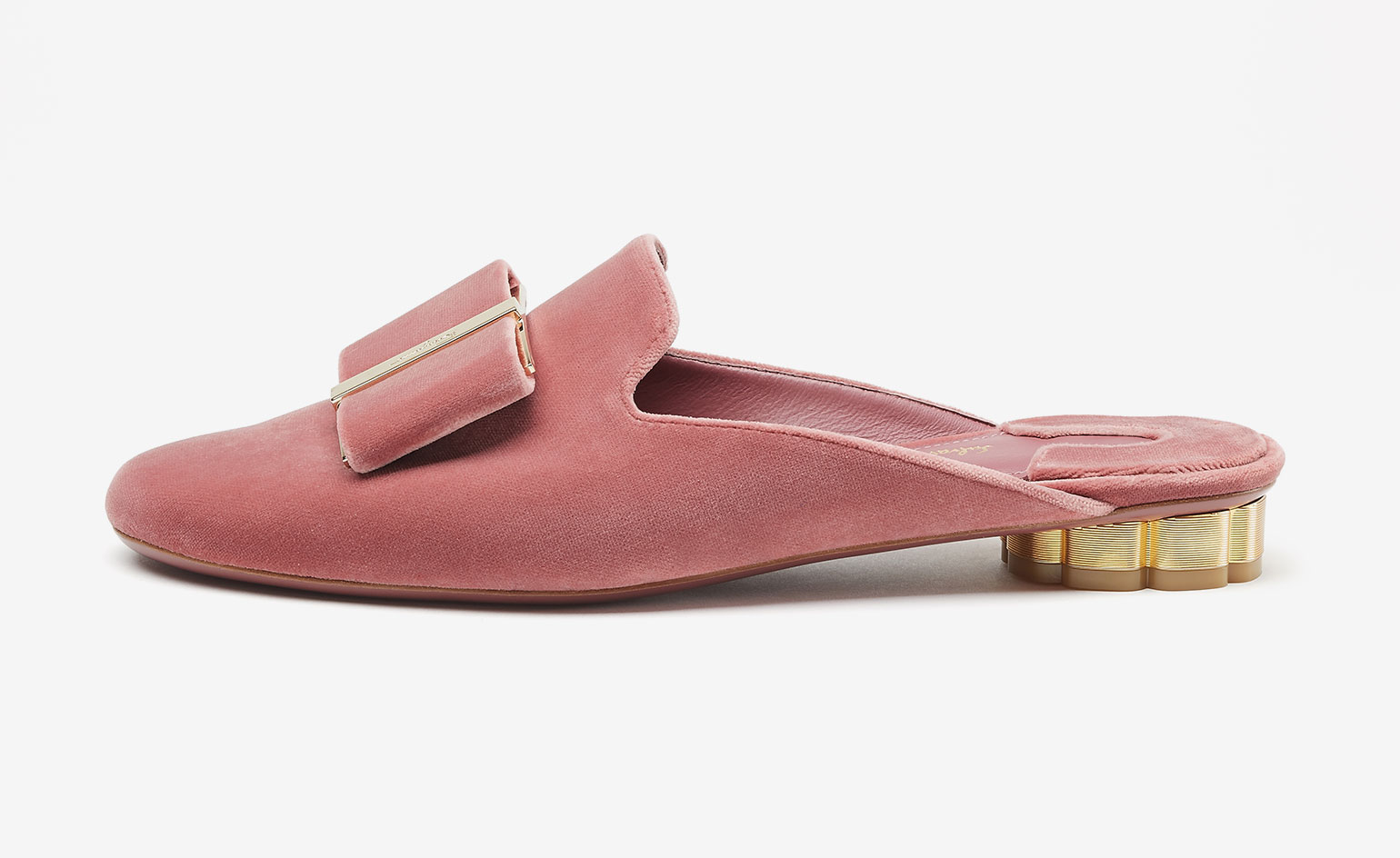
Paul Andrew has updated the bow detail of the ‘Vara’ style using graphic hardware
In his debut collection for the house, Andrew has taken the tropes and silhouettes ubiquitous to Ferragamo, and updated them using innovative manufacturing process and materials. The F-shaped wedge has been reimagined in suede and velvet variations – soft pink velvet heels with elegant ankle straps or ankle boots in the house’s signature black and gold – using an intensive, newly developed moulding process.
‘Ferragamo was using state of the art technology during the twenties and thirties, and enhancing it with beautiful Italian craftsmanship’ Andrew explains. ‘My idea was to turn back to those attentions. The velvet upper of the F-shaped wedge is woven in an artisan factory in southern Italy. The heel is moulded in plastic and sent to a car factory and galvanised with a special metallic coating, which is super light yet durable.’
Working with one of his four brothers in Boston, Ferragamo himself spent time in a cowboy boot-making factory. This industrial endeavour is also seen throughout Andrew’s collection. Sporty tech-knit ankle boots, crafted in graphic micro stripes, were created in a trainer factory.
Sock-like uppers that form part of a golden cage sandal design – a reinterpretation of Ferragamo’s ‘Kimo’ style (below) – were also produced there. The original Geisha-inspired sandal, launched in 1951, was sold with a selection of interchangeable colourful socks.
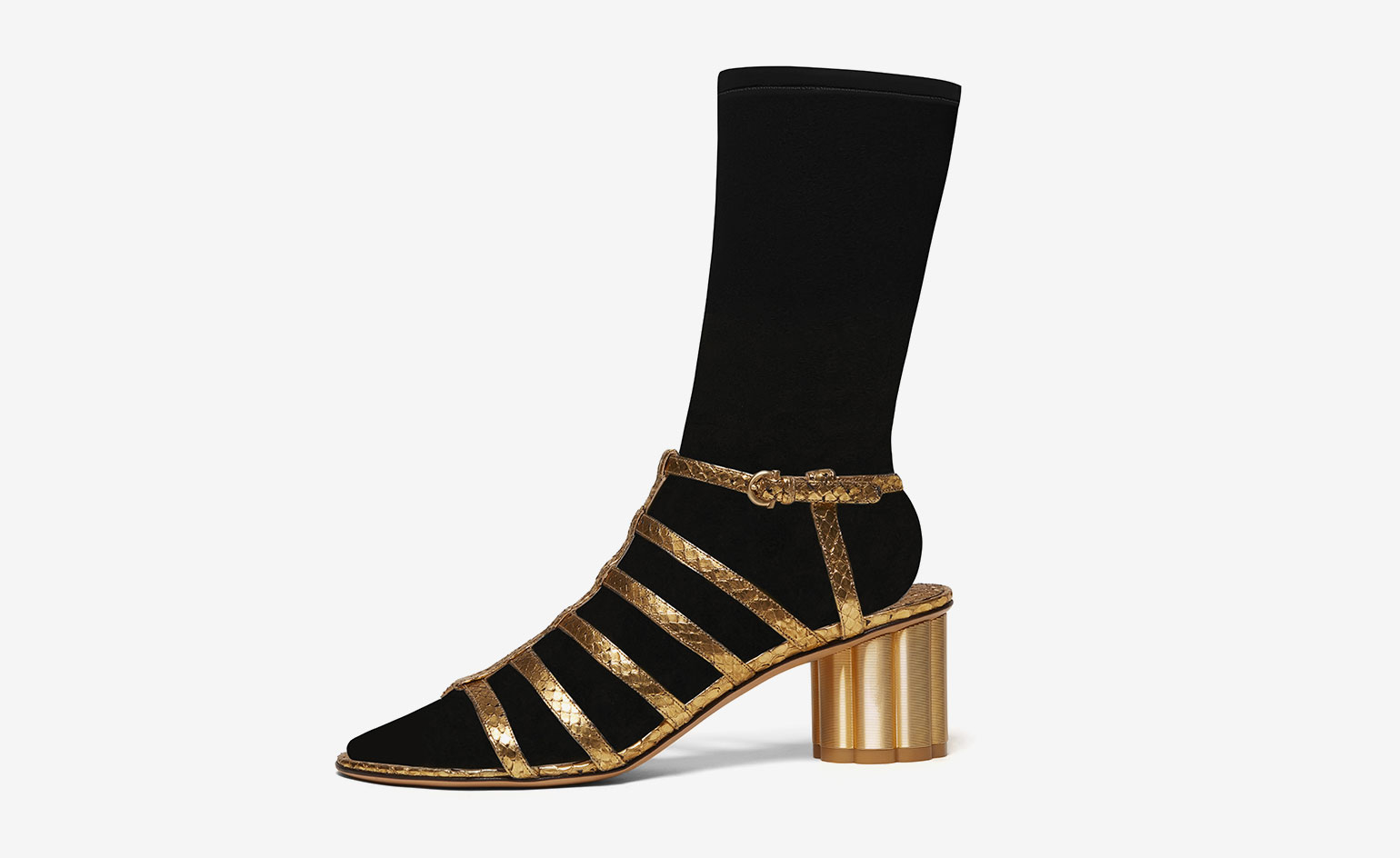
A golden cage sandal riffs on Ferragamo’s ‘Kimo’ style
‘The foundations of Ferragamo were also formed on best fit and comfort,’ Andrew says. ‘The upper is weaved with a technical cotton and nylon yarn. It has amazing memory, you can put it on a thousand times and it will never lose its stretch. It’s one of my favourite shoes in the collection.’
The renowned bow-detail ‘Vara’ shoe, launched in 1978, has also been updated. ‘It was really important for me to take that forward and introduce it to a new generation of customers'. Andrew says. ‘I’ve made several versions. For the bow itself we’ve used a nylon yarn, which meets the high-tech, high-craft aim we have for the brand. The heel itself has also changed. We’re calling it the “Flower Heel”, based on a design from the thirties. It’s been galvanised in a car factory, with horizontal striations to resemble grosgrain ribbon.’
Cutting-edge technology aside, Andrew’s artistic intentions have also resulted from accidental creativity. Sandals, boots and mules have been crafted in a colourful and multifaceted fabric pulled prematurely from a loom operated by artisans in Naples.
‘I wanted to weave a particular textured fabric,’ Andrew says, ‘but it just wasn’t working. When we opened the loom it pulled out the yarn with this fine twined effect. I asked the weavers to continue doing this and that’s how we made the fabric. The foundations of Ferragamo were built from incredible design. That's one of the things I feel a wonderful connection to.'
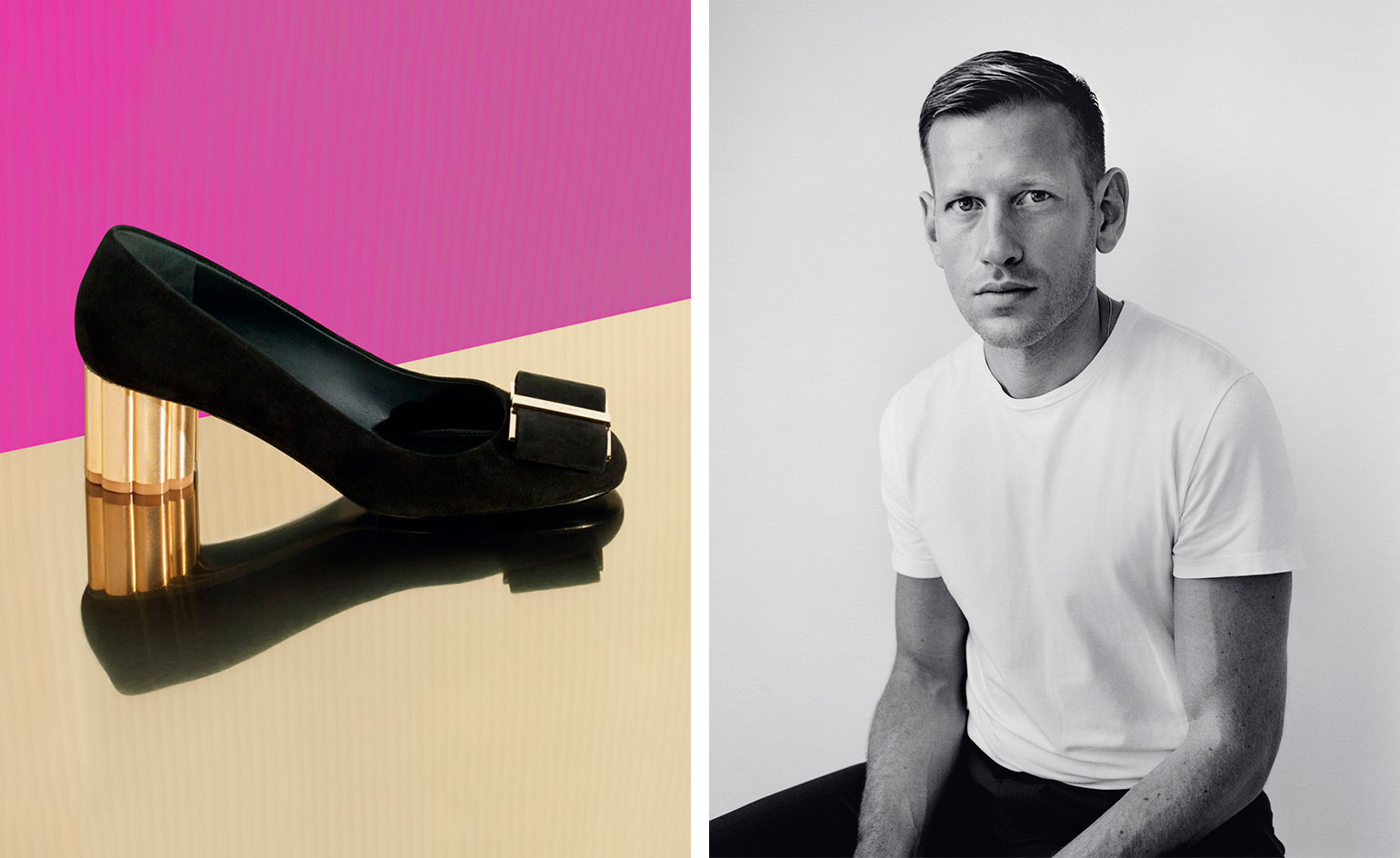
Left, the house's ‘Vara’ style, first launched in 1978, has been reimagined with a ‘Flower’ heel inspired by an archive thirties design. The heel is galvanised in a factory, with horizontal striations to resemble grosgrain ribbon. Right, Paul Andrew, the first design director of women’s footwear at Salvatore Ferragamo
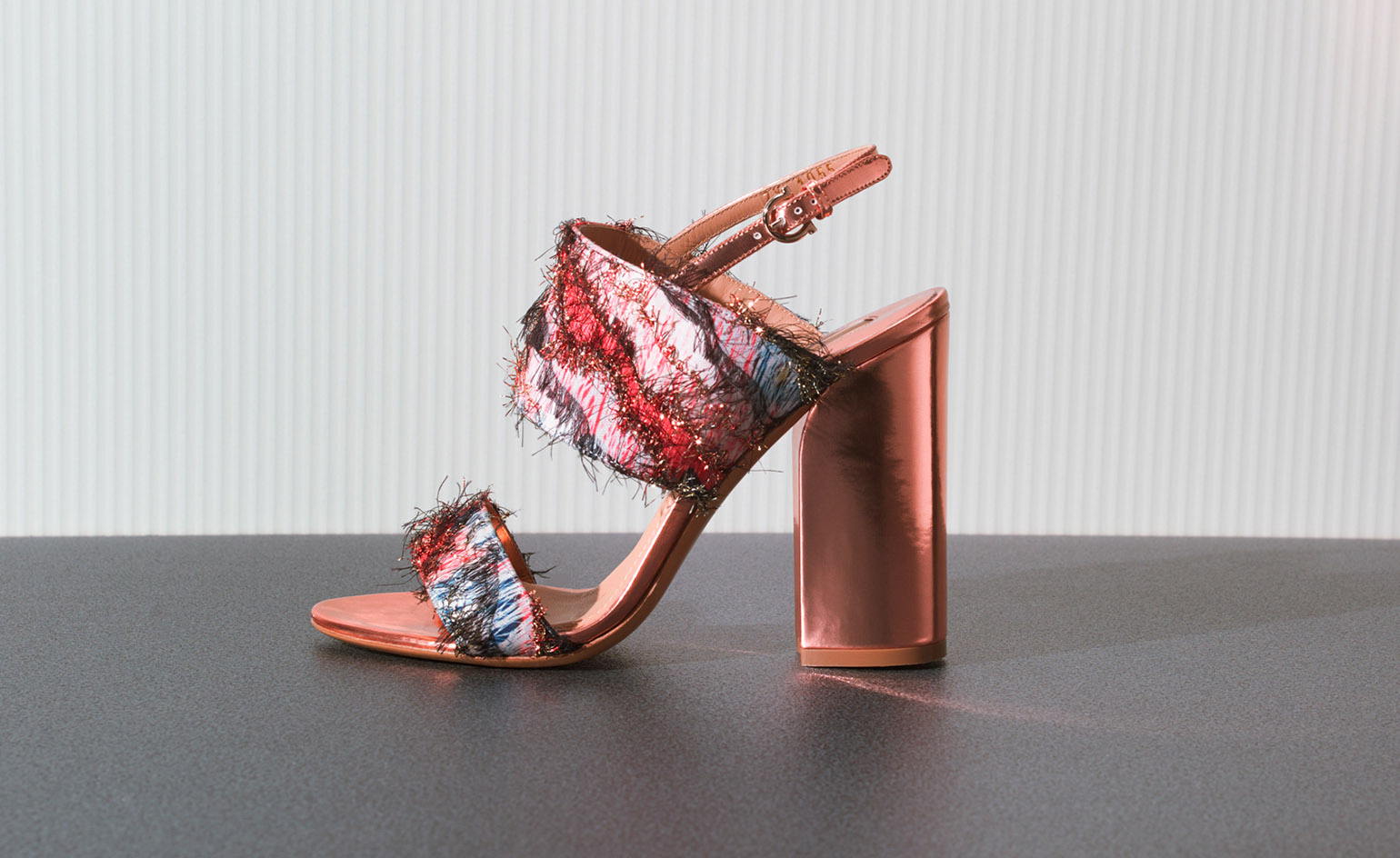
Andrew developed a textured fabric for his debut footwear collection for Salvatore Ferragamo, created by pulling yarn from a loom
INFORMATION
For more information, visit the Salvatore Ferragamo website
Wallpaper* Newsletter
Receive our daily digest of inspiration, escapism and design stories from around the world direct to your inbox.
-
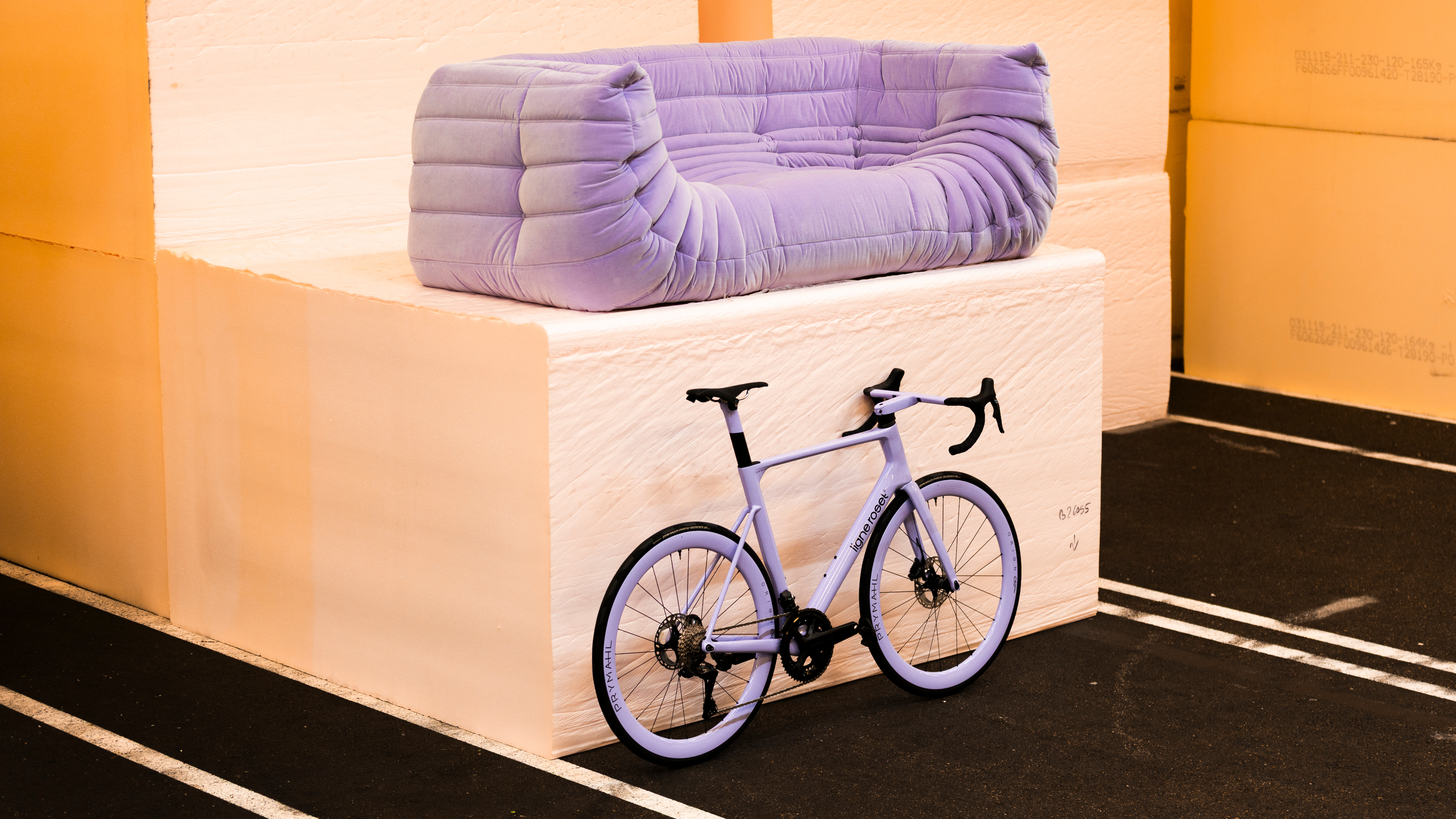 Ligne Roset teams up with Origine to create an ultra-limited-edition bike
Ligne Roset teams up with Origine to create an ultra-limited-edition bikeThe Ligne Roset x Origine bike marks the first venture from this collaboration between two major French manufacturers, each a leader in its field
By Jonathan Bell
-
 The Subaru Forester is the definition of unpretentious automotive design
The Subaru Forester is the definition of unpretentious automotive designIt’s not exactly king of the crossovers, but the Subaru Forester e-Boxer is reliable, practical and great for keeping a low profile
By Jonathan Bell
-
 Sotheby’s is auctioning a rare Frank Lloyd Wright lamp – and it could fetch $5 million
Sotheby’s is auctioning a rare Frank Lloyd Wright lamp – and it could fetch $5 millionThe architect's ‘Double-Pedestal’ lamp, which was designed for the Dana House in 1903, is hitting the auction block 13 May at Sotheby's.
By Anna Solomon
-
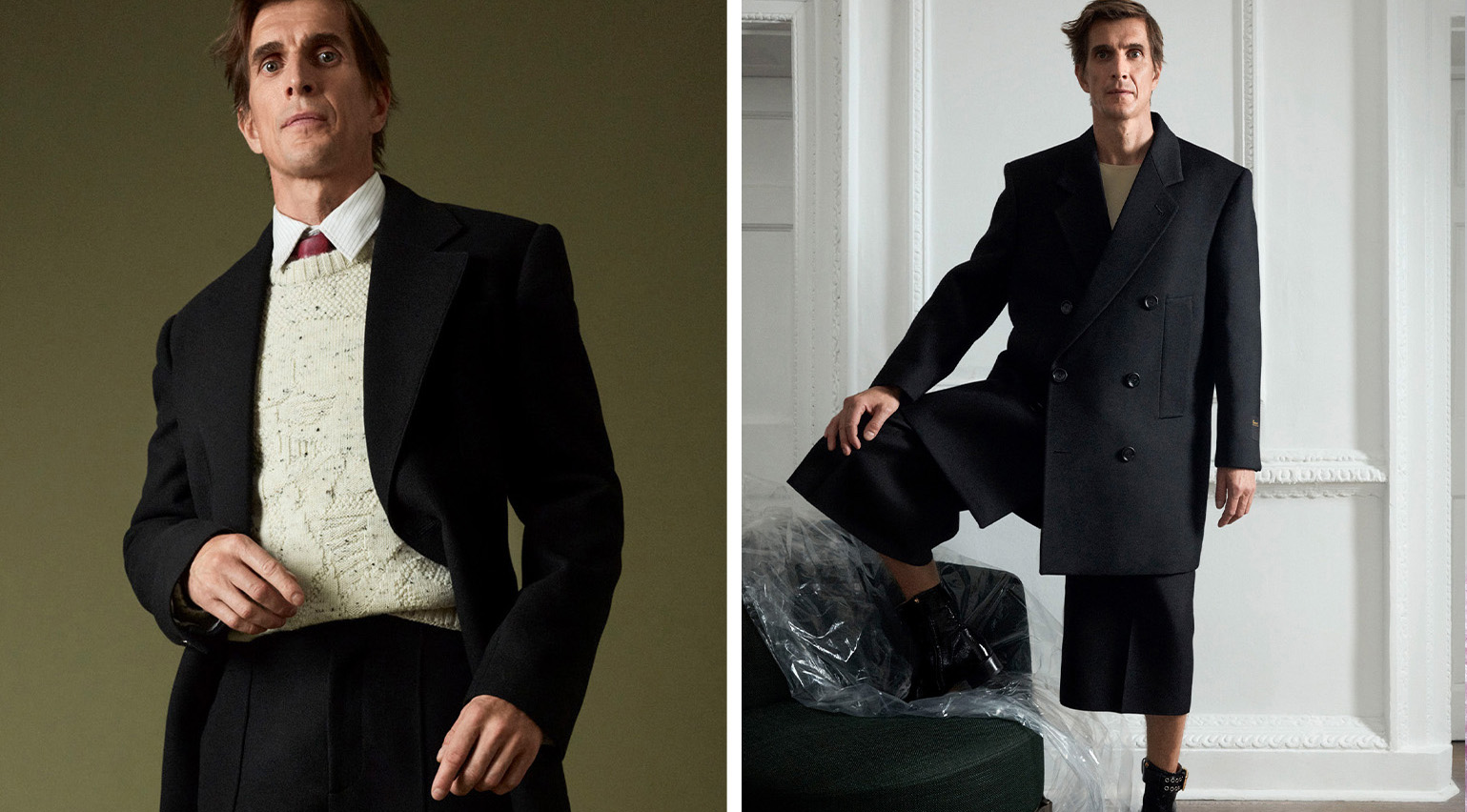 Unconventional men’s tailoring to make an impression this winter
Unconventional men’s tailoring to make an impression this winterThis winter’s men’s tailoring is defined by razor-sharp reinterpretations of classic silhouettes, designed to make you stand out over a celebratory season ahead
By Jack Moss
-
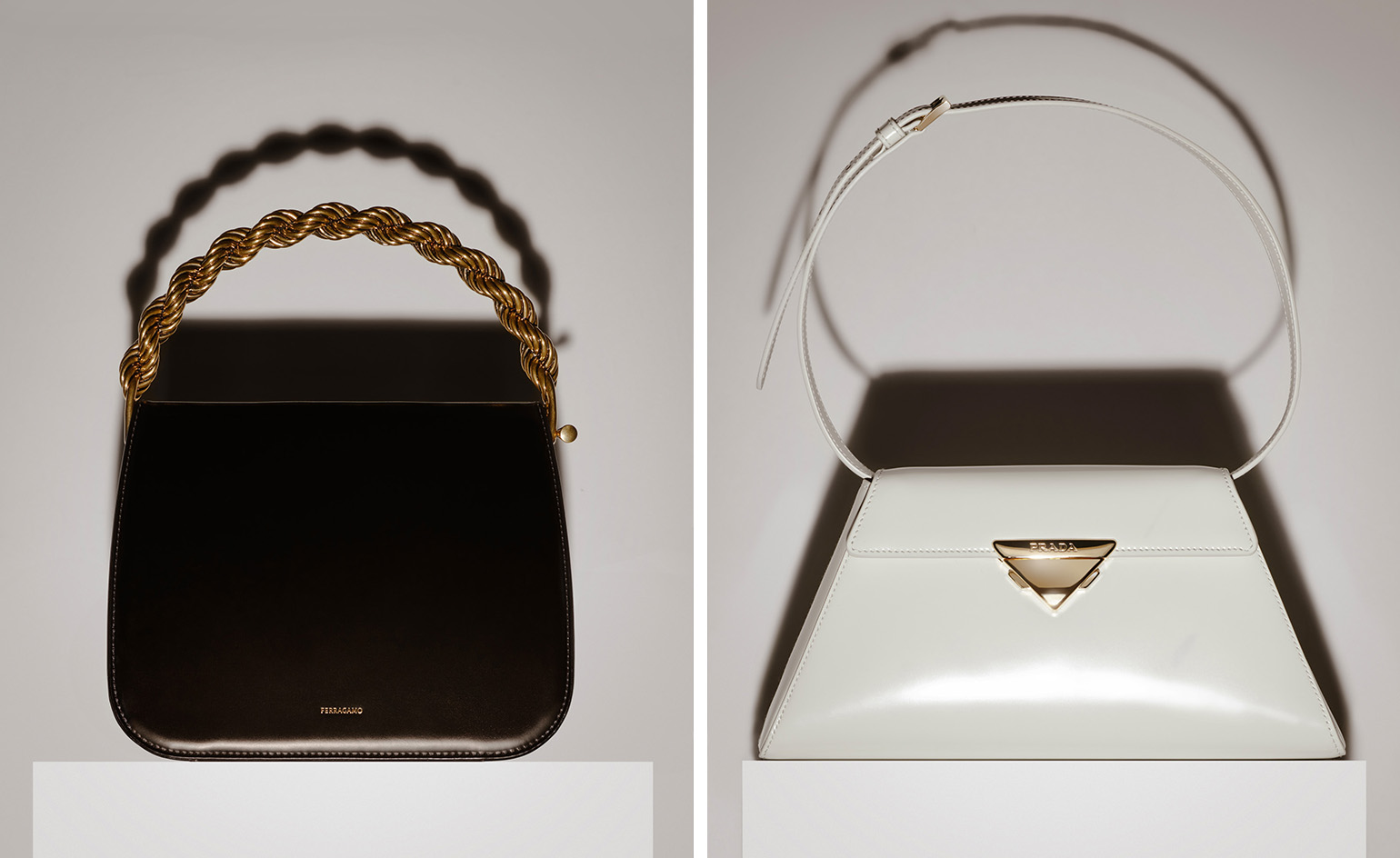 These top-handle bags are reinventing the classic accessory
These top-handle bags are reinventing the classic accessoryFrom Prada to Hermès, these sleek top-handle bags riff on ladylike 1950s silhouettes in a way that’s anything but prim
By Jack Moss
-
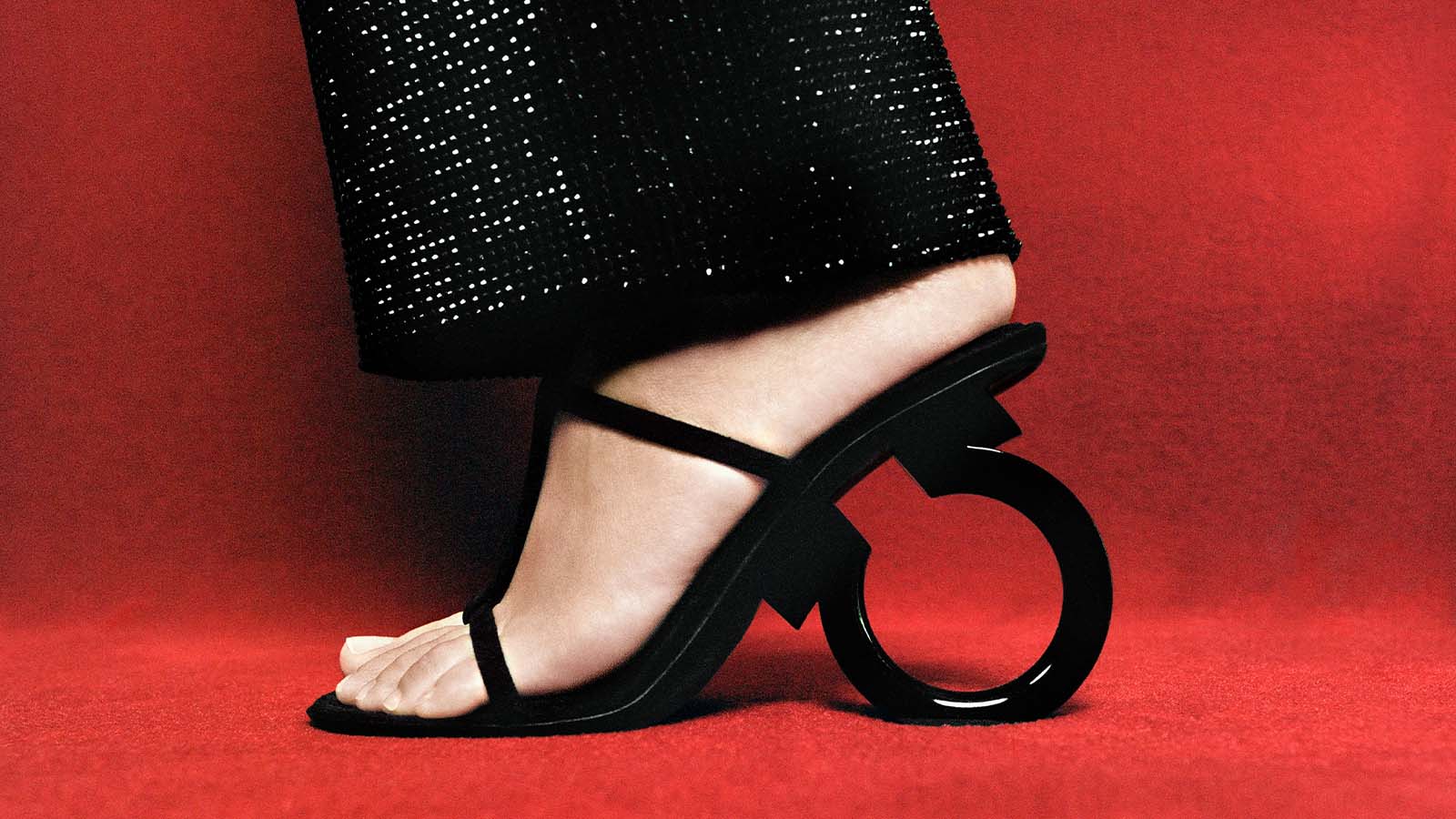 These sculptural Ferragamo heels tell a story about the house’s history
These sculptural Ferragamo heels tell a story about the house’s historyFerragamo’s historic ‘Gancini’ logo becomes the gravity-defying heel of the ‘Elina’ sandal, one of British creative director Maximilian Davis’ first footwear designs for the Florentine house
By Jack Moss
-
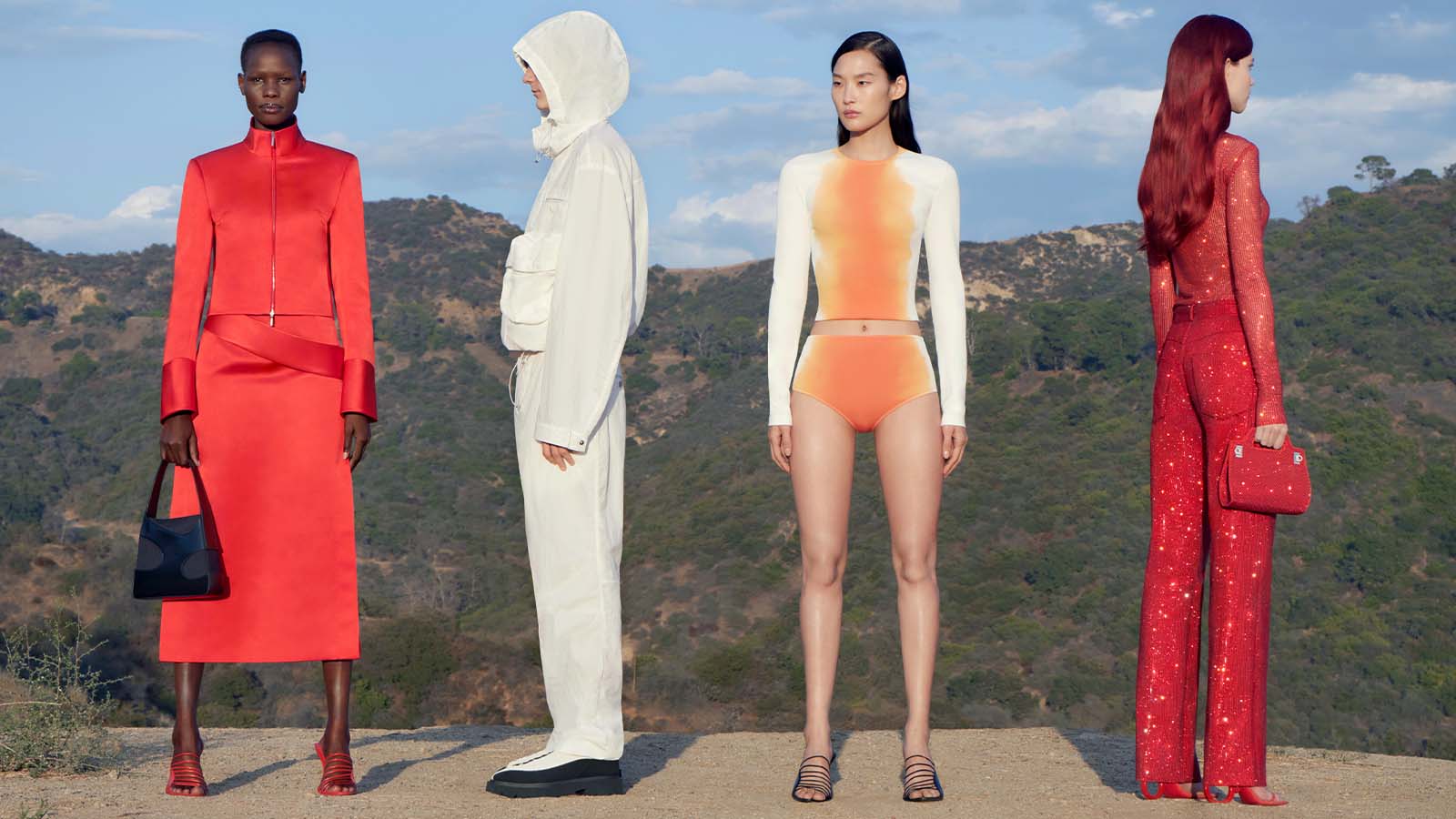 ‘A New Dawn’: Jackie Nickerson photographs first arrivals from Maximilian Davis’ Ferragamo
‘A New Dawn’: Jackie Nickerson photographs first arrivals from Maximilian Davis’ FerragamoCapsule collection ‘A New Dawn’ marks the first opportunity to purchase Maximilian Davis’ designs for Ferragamo
By Jack Moss
-
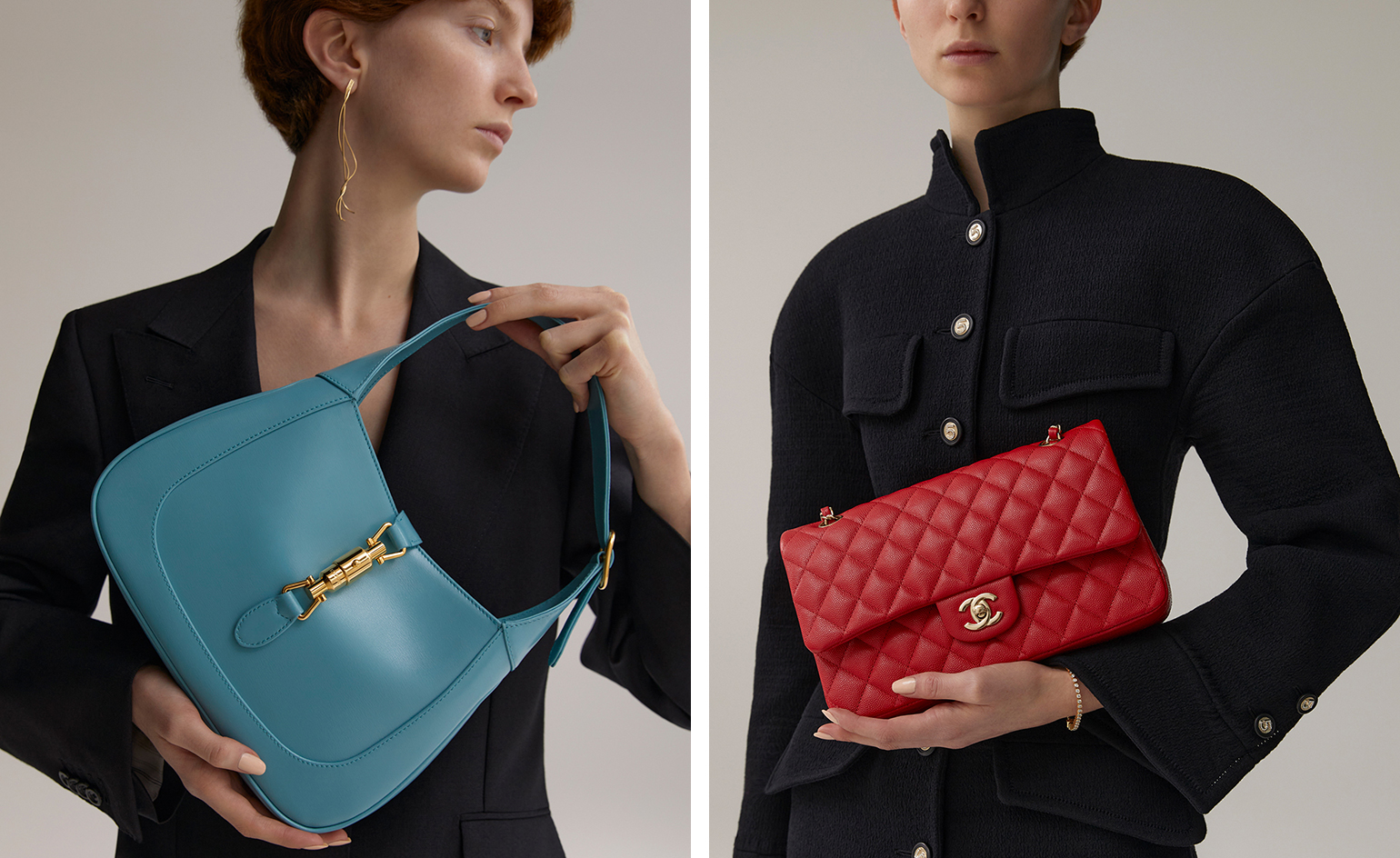 Handbag brands: how to invest in a classic this autumn
Handbag brands: how to invest in a classic this autumnHandbag designers propose streamlined shapes which are proportioned to perfection
By Laura Hawkins
-
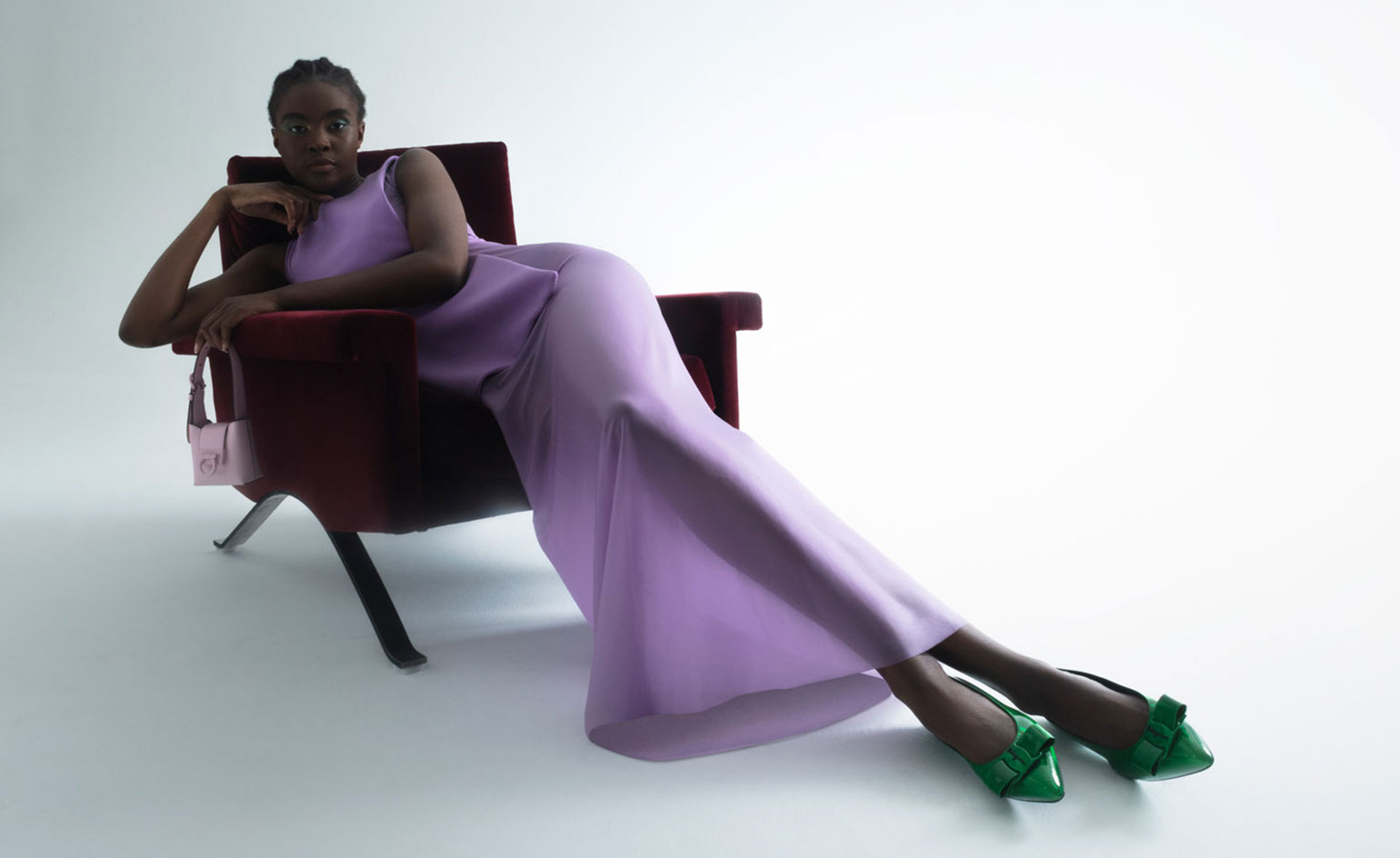 How to embrace the ostentation of Roaring Twenties fashion
How to embrace the ostentation of Roaring Twenties fashionRip up your reductionist rule book. Prada, Saint Laurent, Salvatore Ferragamo and Pucci all propose exuberant pieces for Roaring Twenties fashion
By Laura Hawkins
-
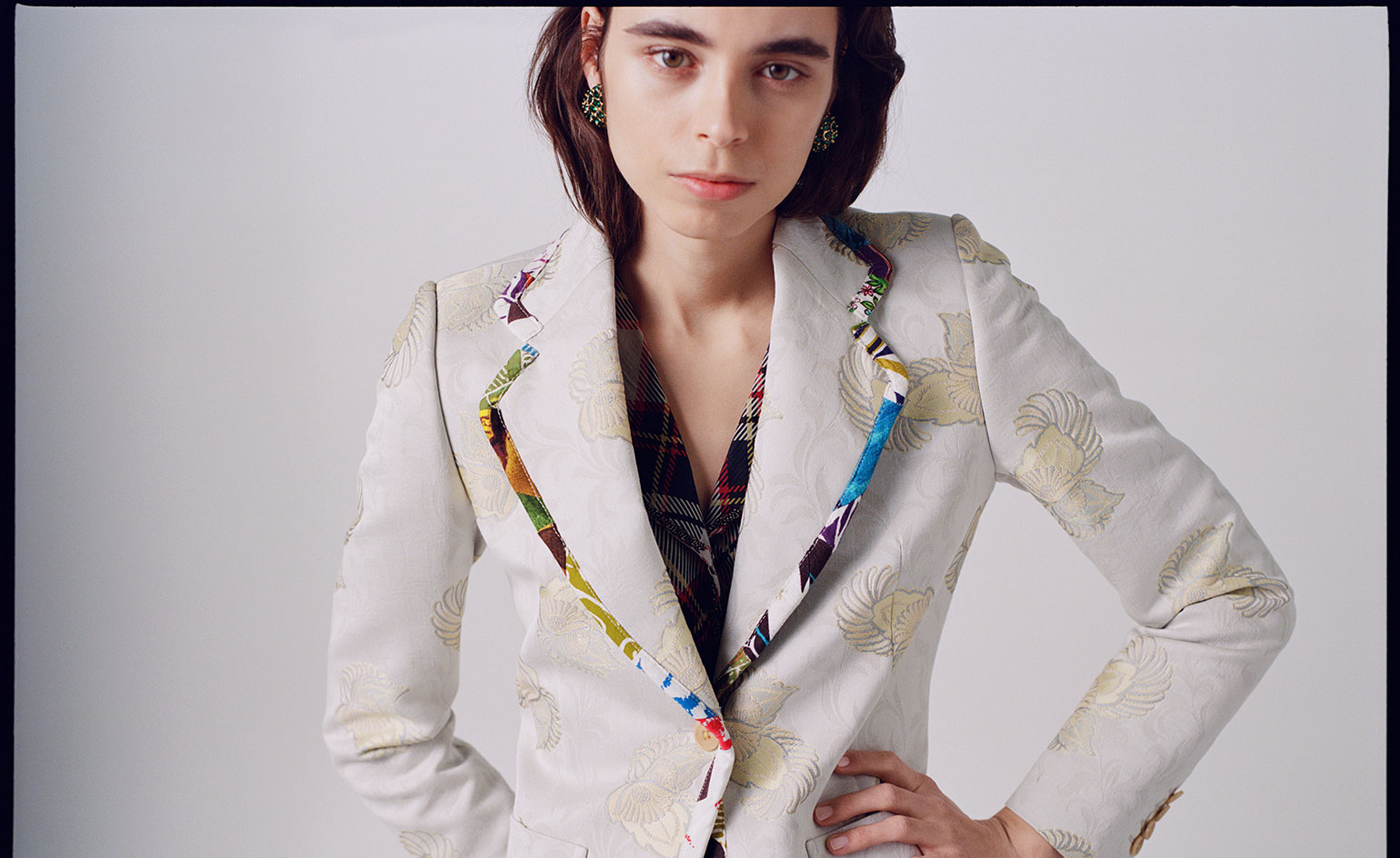 How to shop more sustainably this summer
How to shop more sustainably this summerWhat is sustainable fashion, and how can you shop with an environmentally friendly focus? Here, we present our checklist on how to look and feel good on the inside and out
By Laura Hawkins
-
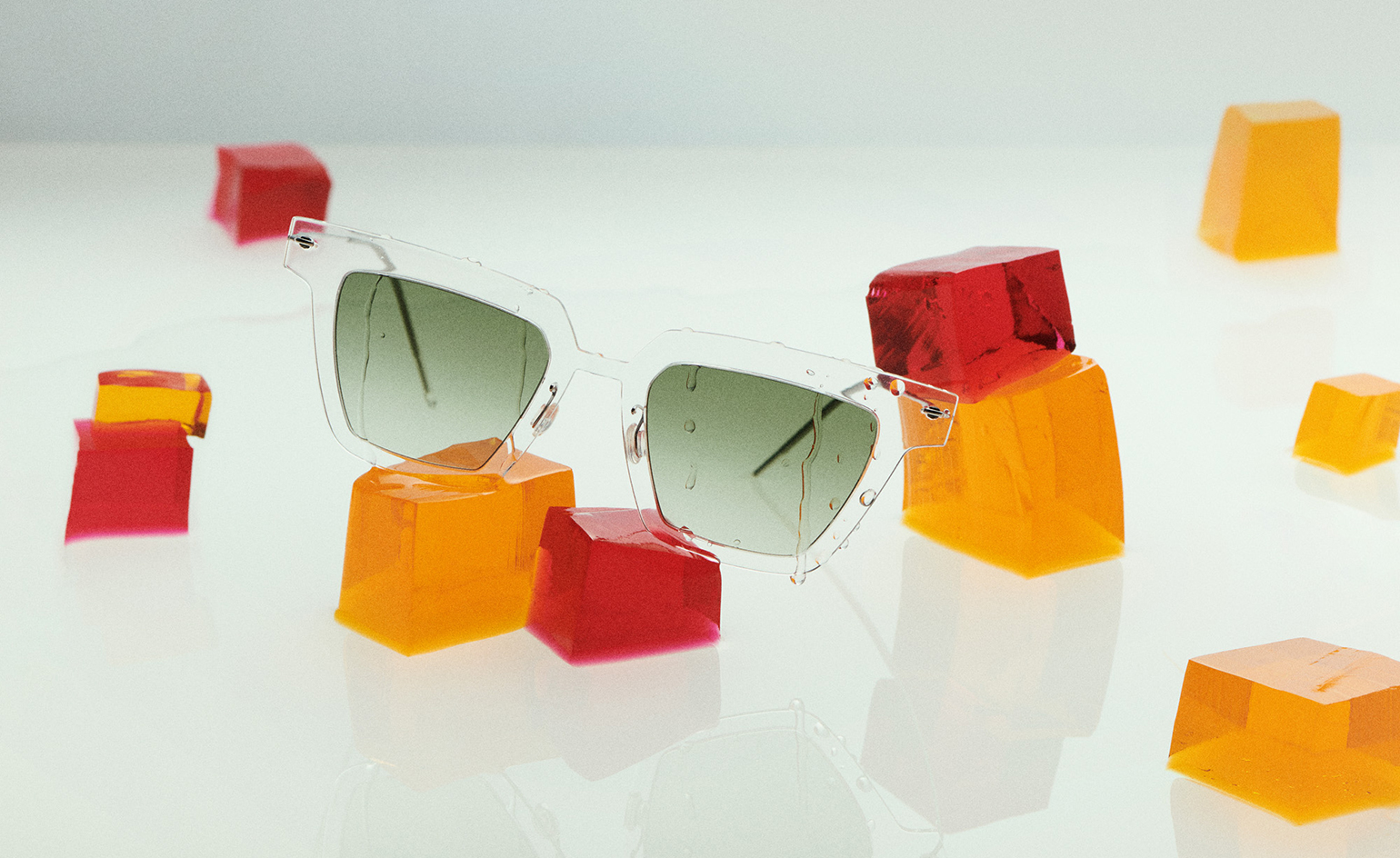 Colourful sunglasses for cooling off in style
Colourful sunglasses for cooling off in styleSummer's most eye-catching colourful sunglasses are found in a rainbow of seductive shades, and are a sure fire way for styling out a heatwave. Life just got a little brighter (and hotter)!
By Laura Hawkins